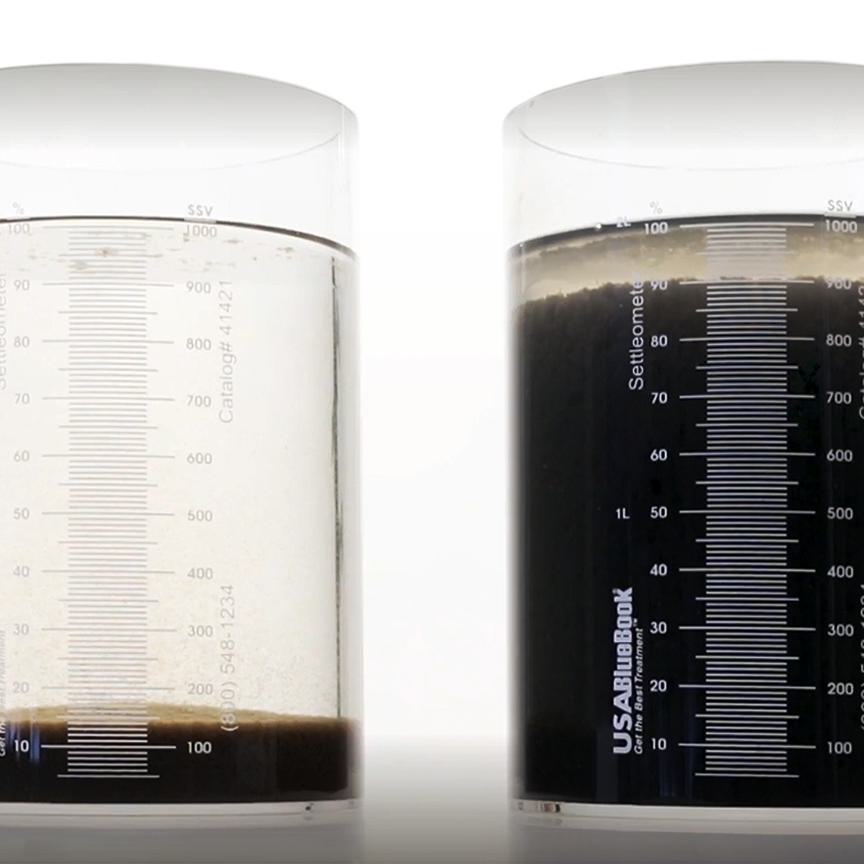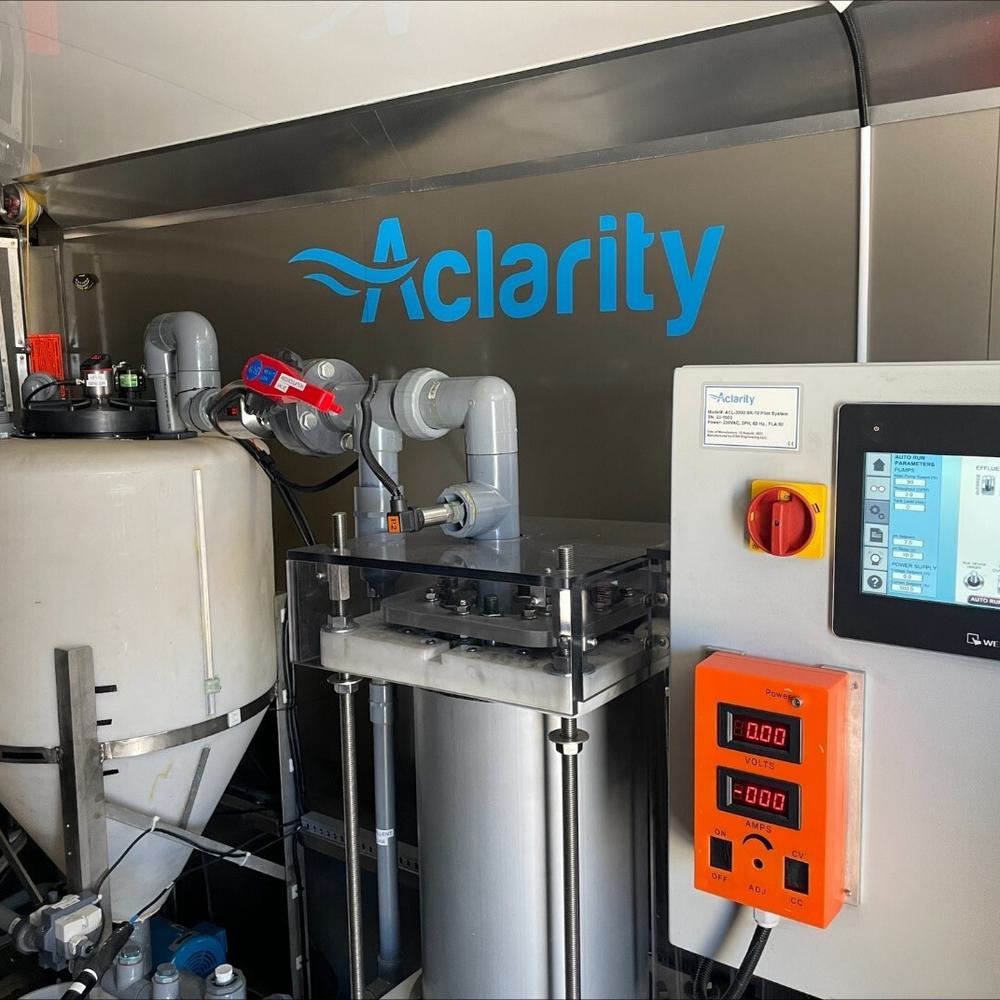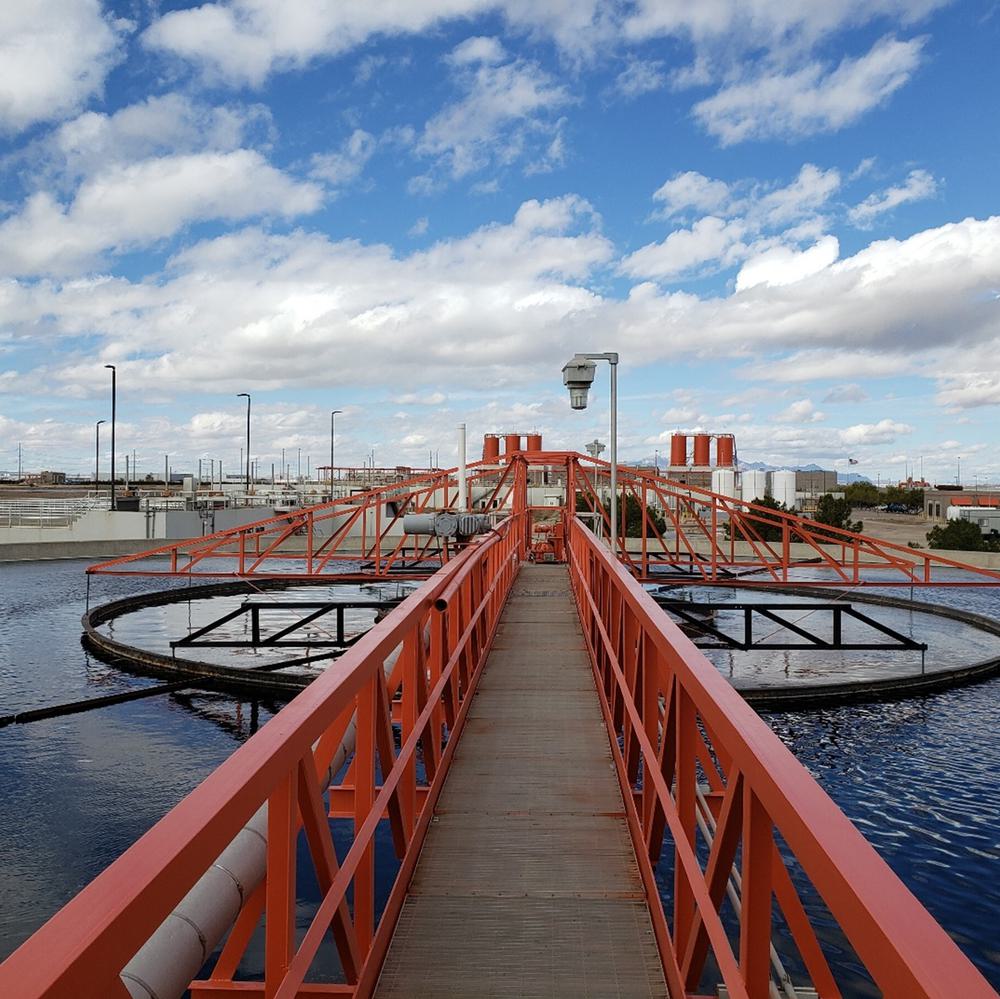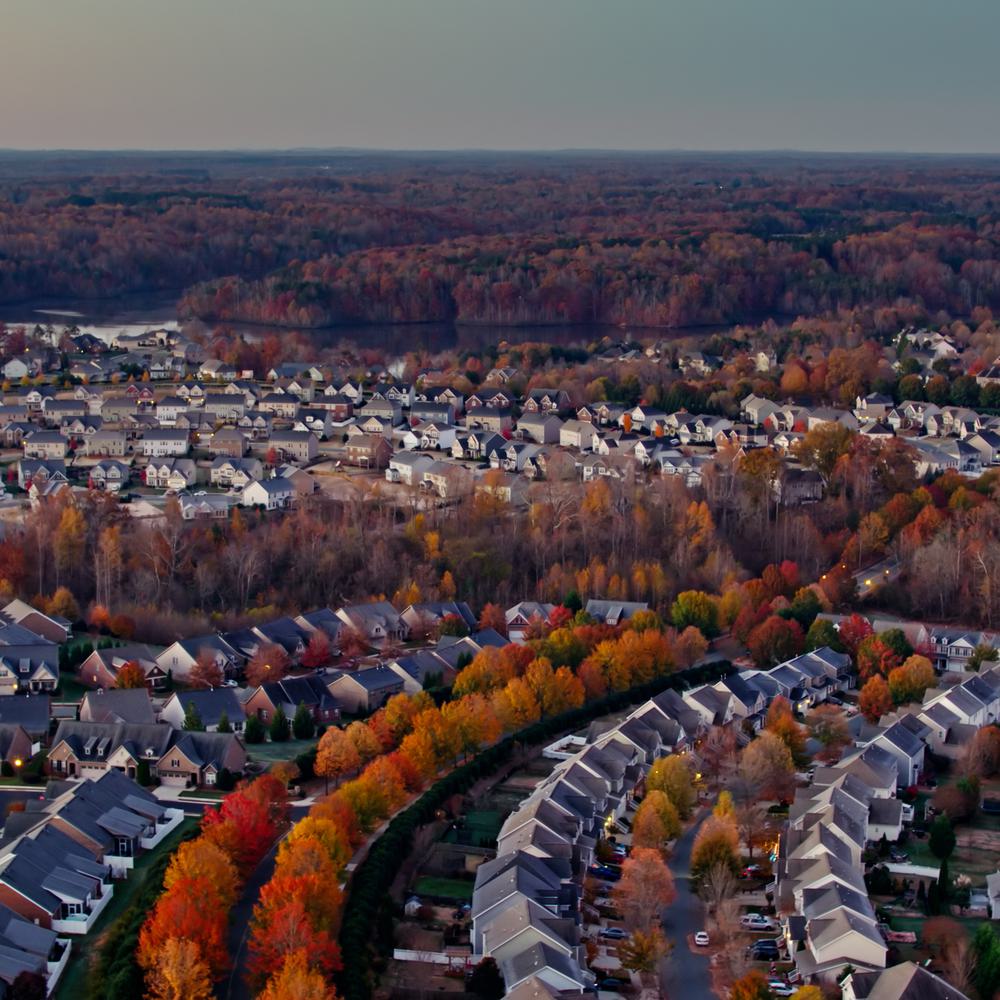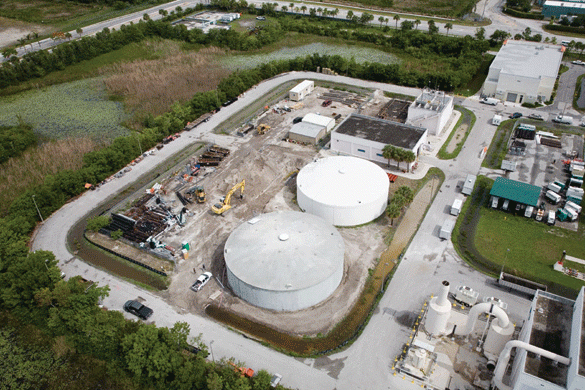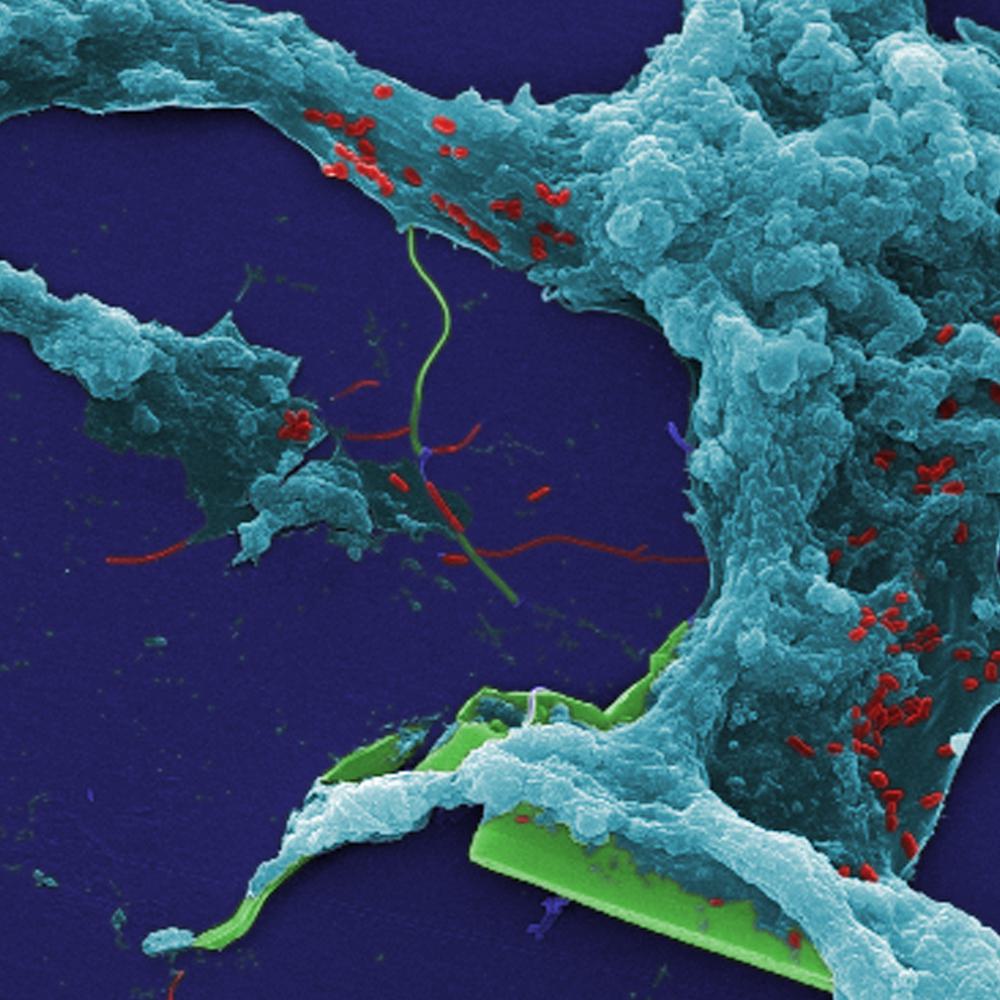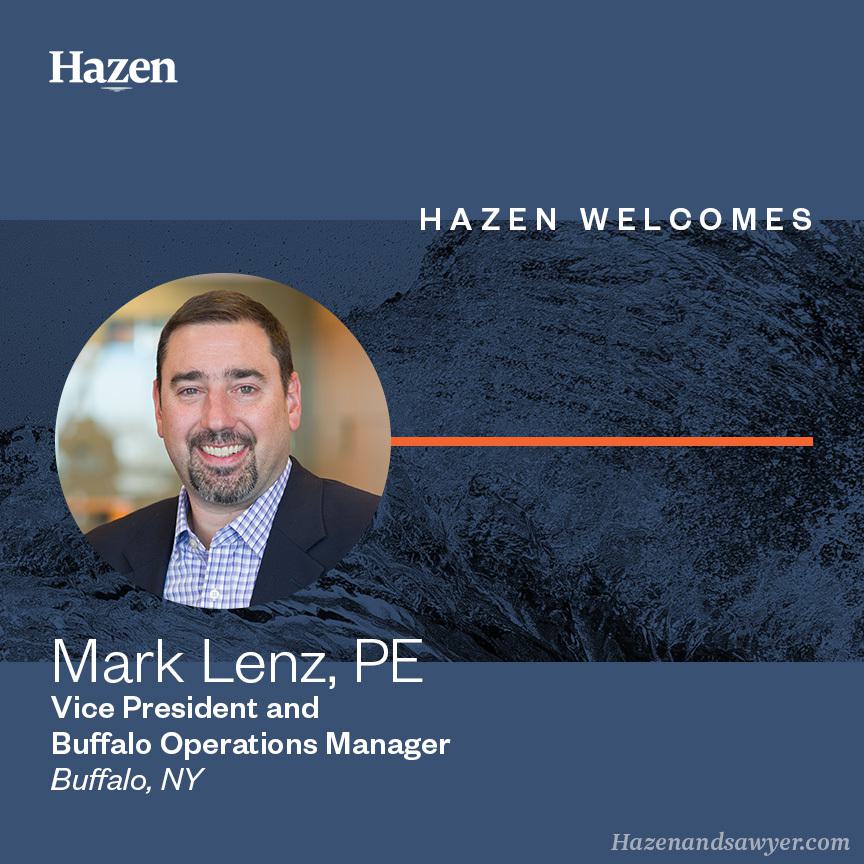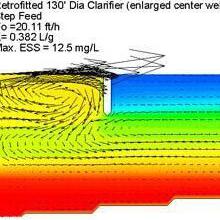Rewriting the Rules of Wastewater Treatment and Uncovering Big Savings
Two innovative nutrient removal pilots—one using densified activated sludge and one using a process called PANDA—have shown the potential to unlock significant savings for nutrient removal facilities.
At a Glance
- Innovative nutrient removal systems like densified activated sludge (DAS) and partial nitrification-denitrification-anammox (PANDA) could significantly reduce capital and operational costs for nutrient removal facilities, based on pilot testing.
- A DAS pilot met nutrient removal targets and achieved stable densification without a hydrocyclone, a piece of equipment widely used to physically select denser sludge.
- A pilot of PANDA, a cost-effective new nutrient removal technique, has offered the first proof that it can be used downstream of a high purity oxygen activated sludge system, leading to up to 70% and 30% supplemental carbon and aeration energy savings, respectively.
Yewei Sun uses mathematical models to help design a variety of advanced biotechnologies—including PANDA—for water and wastewater treatment systems.
Bryce Danker uses pilots and process innovations to help wastewater resource recovery facilities find cutting-edge solutions for their unique challenges.
Related Topics:

Above: LACSD serves a huge area stretching from the beaches of Greater Los Angeles…

...to communities in the Mojave Desert like Palmdale, above. Top of page: The high purity oxygen activated sludge facility at the A.K. Warren Water Resource Facility. Photo courtesy of the Los Angeles County Sanitation Districts.
The size of the Los Angeles County Sanitation Districts’ (LACSD) wastewater treatment infrastructure is dizzying: A service area spanning 850 square miles with close to 1,400 miles of sewers. Roughly 5.5 million customers. And treatment plants like the A.K. Warren Water Resource Facility (formerly called the Joint Water Pollution Control Plant), which can treat up to 400 million gallons per day.
The utility wanted to investigate cost-effective ways to manage nutrients (nitrogen and phosphorus) in its wastewater. As part of that effort, Hazen helped LACSD pilot two innovative biological nutrient removal options at the Warren Facility: a secondary treatment system using densified activated sludge (DAS), and a tertiary system using a process called partial nitrification-denitrification-anammox (PANDA) downstream of an existing full-scale high purity oxygen activated sludge system.

The DAS pilot contains multiple reactors to mimic different treatment stages. This is another system Hazen designed that successfully achieved sludge densification without using physical selection equipment like a hydrocyclone.
The DAS Pilot
Densified activated sludge (DAS) produces bigger sludge aggregates than those in conventional activated sludge, so it settles faster, allowing DAS tanks to treat more wastewater.
Some DAS systems use a cone-shaped piece of equipment called a hydrocyclone to ensure that only the densest sludge gets retained, while the lighter-weight material is wasted. But Hazen helped LACSD achieve DAS without needing to use hydrocyclones.
“In BNR tanks, there are different stages of treatment—anaerobic, anoxic, aerobic. Each one happens in a different reactor, or chamber, with different conditions,” said Hazen Scientist Yewei Sun, PhD, who helped lead the pilots. “As long as we design each reactor properly, we should be able to improve the settleability of the sludge without using additional equipment.”

Hazen designed the DAS pilot for a three-stage BNR configuration, with some flexibility for adjustments during testing. The pilot met all water quality targets, including the nitrogen and nitrate limits the facility may need to meet in the future, while producing strong-settling DAS.
We calculated that if implemented at full scale in a new advanced water treatment plant, the DAS configuration could eliminate the need for two full-scale BNR basins and one or two clarifiers. That would potentially save millions in capital compared to a traditional BNR system.
The Tertiary PANDA Pilot
Partial nitrification-denitrification-anammox (PANDA) uses anammox bacteria—alongside the other bacteria traditionally used in BNR systems—to remove nitrogen from wastewater. Because anammox don’t need carbon or aeration, this innovative technique can save money by reducing the amount of supplemental carbon and energy used for nitrogen removal.
For LACSD, Hazen designed a pilot that removes nitrogen during tertiary treatment of high purity oxygen activated sludge system effluent, using PANDA in a moving bed bioreactor (MBBR). We’ve already helped other wastewater plants prove that PANDA can work in tertiary MBBR systems used for polishing (the process of removing any remaining suspended solids and organic pollutants from wastewater after secondary treatment). But this pilot is one of the first systems to complete the bulk of nutrient removal in a tertiary system. It’s also one of the first to use PANDA in tandem with a high purity oxygen activated sludge system.

Wastewater entering the PANDA pilot’s nine reactors (black cubes) through the gray pipes to the right and along the back of the reactors. The system was one of seven successful PANDA pilots and demonstration projects Hazen has designed for utilities across the U.S.
The pilot has achieved low total inorganic nitrogen (TIN) and ammonia targets—key indicators of nitrogen removal—and is now treating around 1,500 gallons of wastewater per day. Based on the pilot performance, Sun calculated that if implemented, the system will save up to 70% and 30% in supplemental carbon and aeration energy, respectively, compared to a standard tertiary MBBR system.
“We believe that PANDA can be incorporated into almost all existing wastewater treatment processes for nitrogen removal to generate savings,” Sun said. “Our goal is to prove that by testing it in multiple different configurations.”
The project team has also begun testing PANDA in a different configuration to yield even more insights into the best BNR system for LACSD, while broadening our understanding of what PANDA can do for the wastewater industry.





